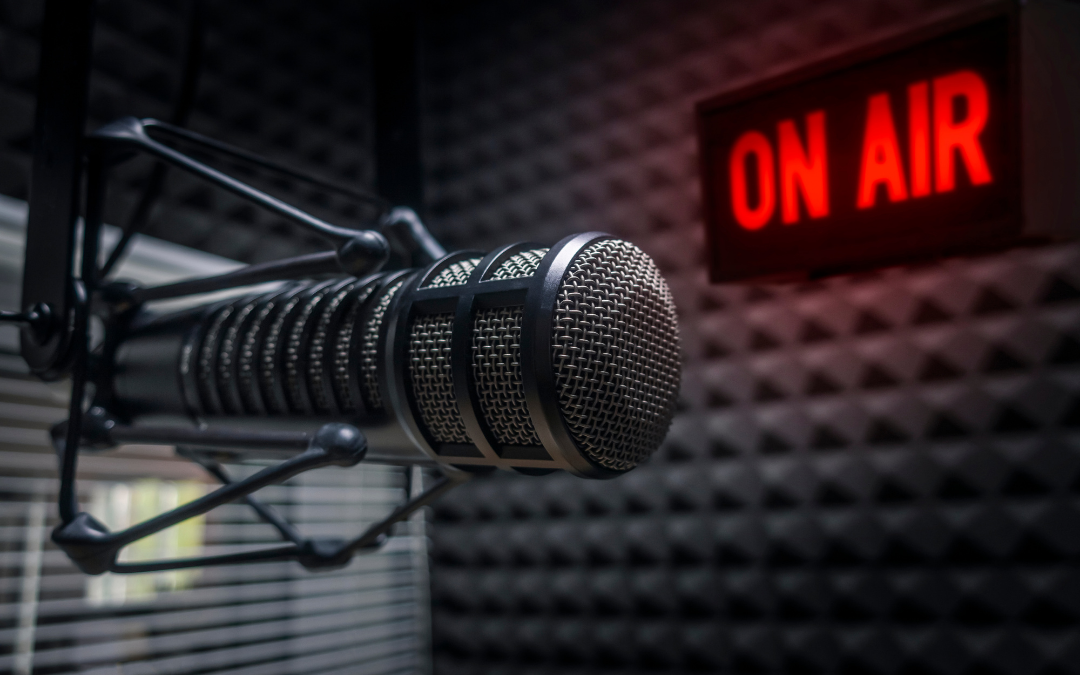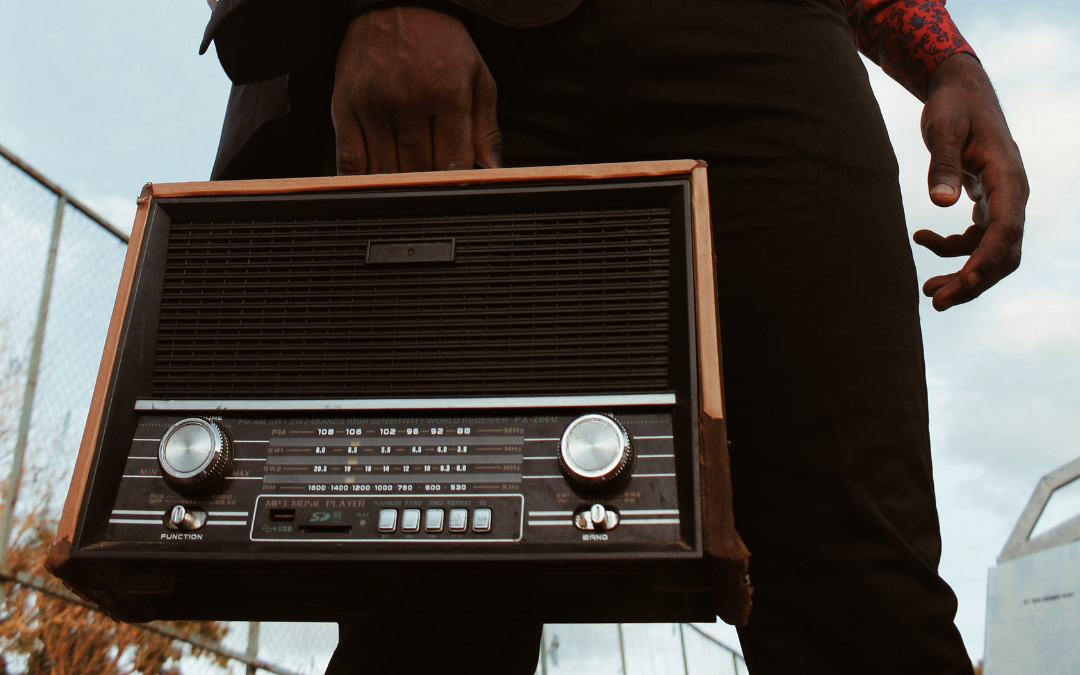ORIGINS
Jay Conrad Levinson brought the term guerrilla marketing to life in 1984 when he explored the marriage of marketing and guerrilla warfare style tactics. The aim of guerrilla marketing originally was to provide cost effective marketing solutions to those with tight budgets by utilising non-traditional mediums. The same aim still exists today, however since then, guerrilla marketing has drastically evolved and today marketers have copious creative guerrilla tactics at their disposal.
ELEMENT OF SURPRISE
So what exactly is guerrilla marketing? Simply put, it is marketing through unconventional channels to engage targeted audiences, and leveraging those connections and experiences to meet your marketing goals. As the name suggests, the success of guerrilla marketing is reliant upon the element of surprise. The key is to use unusual mechanisms to engage with consumers in unexpected ways, to somehow grab their attention while they are engulfed in their day-to-day routine. Some commonly used tactics today include (but certainly are not limited to): Chalk stencils on the street, branded coffee cups, mobile billboards, pedestrian buzzer caps, and even hand painted murals. By simply injecting brands into the consumer’s daily routine, whether it’s a morning coffee or crossing the same street every day, they have no choice but to interact and experience a brand in a new and memorable way.
COST EFFECTIVE – CREATIVITY TRIUMPHS BUDGET
Unlike many traditional mediums, budget does not strictly define the scale and potential of the campaign. In this case, the primary asset is not monetary but it is intellectual. Many guerrilla campaigns use existing resources in public spaces, so the spend is simply adding the brand to the landscape in a clever way to command attention. For example, a bleach company could paint their logo on one starkly white painted box in a zebra crossing and leave the rest the dull dirty white, to suggest the miraculous cleaning power of the product. As passers-by are using the zebra crossing, they will be sure to notice the message as they are walking past, and even share with friends and family because of the clever delivery of the ad. Ultimately, the consumer got the opportunity to experience the brand, at the cost of simply applying paint to the pavement.
PLAYING WITH EMOTIONS
Human emotion is another crucial part of the equation when it comes to guerrilla marketing. A successful campaign will evoke a particular feeling or reaction from consumers. By creating a memorable experience, consumers are more likely to recall the experience and share both by word of mouth and through social media. This type of human behaviour contributes to campaigns going viral and captivating more than just the people seeing it with their own eyes.
ENDLESS INNOVATION
Due to the nature of Guerrilla Marketing, we will constantly be seeing innovation in this space as marketers continue to figure out ways to uniquely capture the attention of their targeted audiences, especially in a world where everyone seems to be quite preoccupied. Once a tactic begins to feel ‘normal’ and therefore expected, it becomes less effective and less guerrilla in nature, so marketers are forced to go back to the drawing board.
CAN THIS WORK FOR MY BRAND?
To discuss a tailored, unconventional, and attention grabbing approach to incorporate into your next marketing campaign, please reach out to MediaSmiths at hello@mediasmiths.com.au
Sources:
Wallace, L 2006-2019, Shoestring Marketing Budget? Go With Guerrilla Marketing, accessed 9 April 2019, <https://www.softwareadvice.com/resources/guerrilla-marketing-ideas/>.
Margolis, J. and Garrigan, P. (2008). Guerrilla Marketing for Dummies. Indianapolis, IN: Wiley Publishing, Inc.






